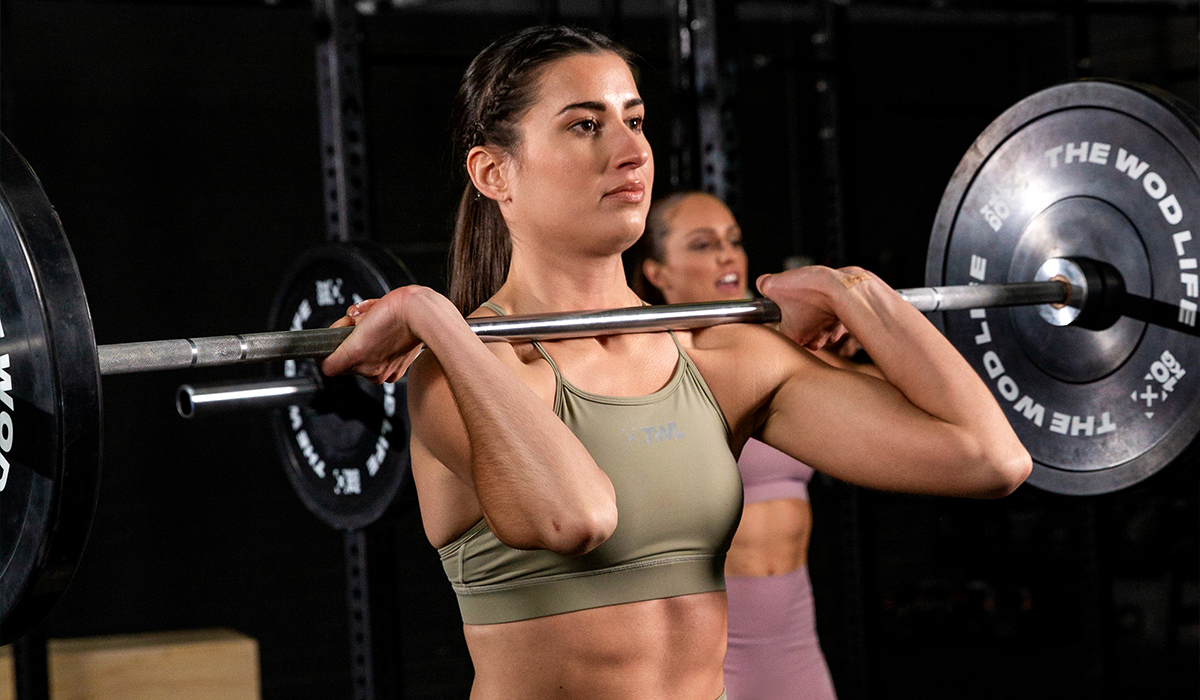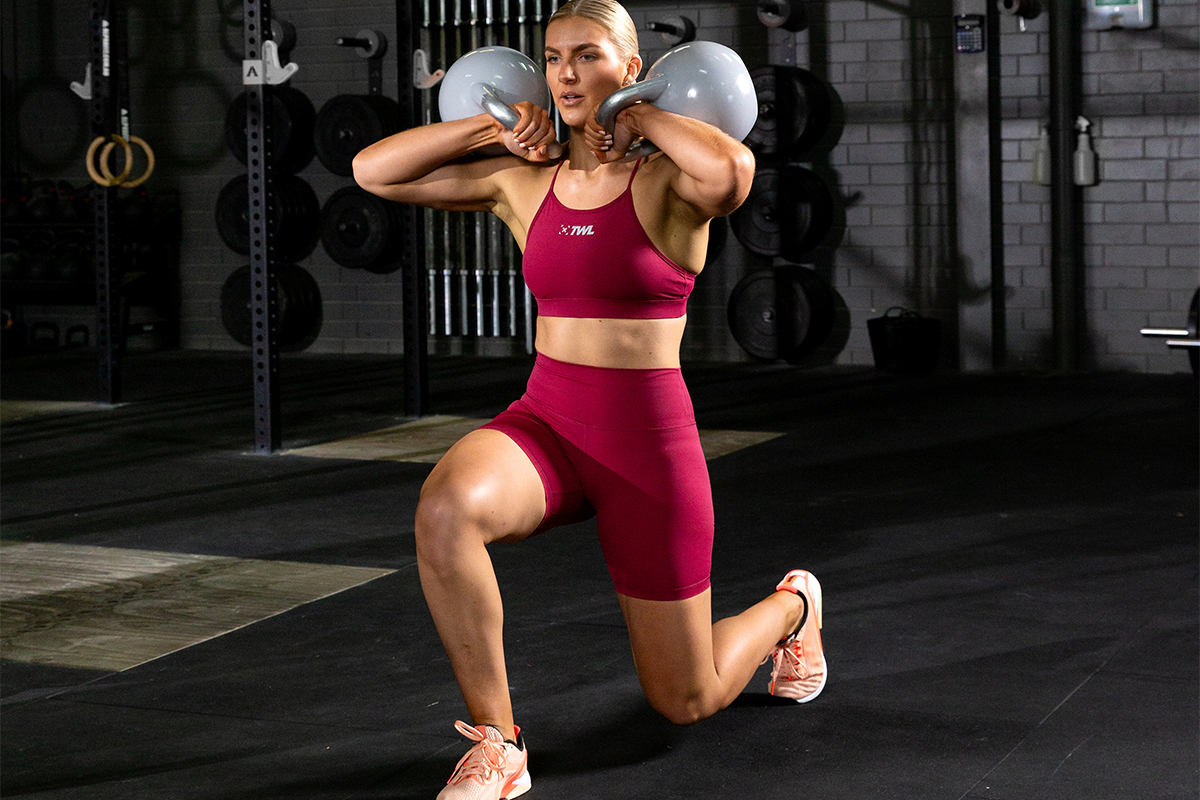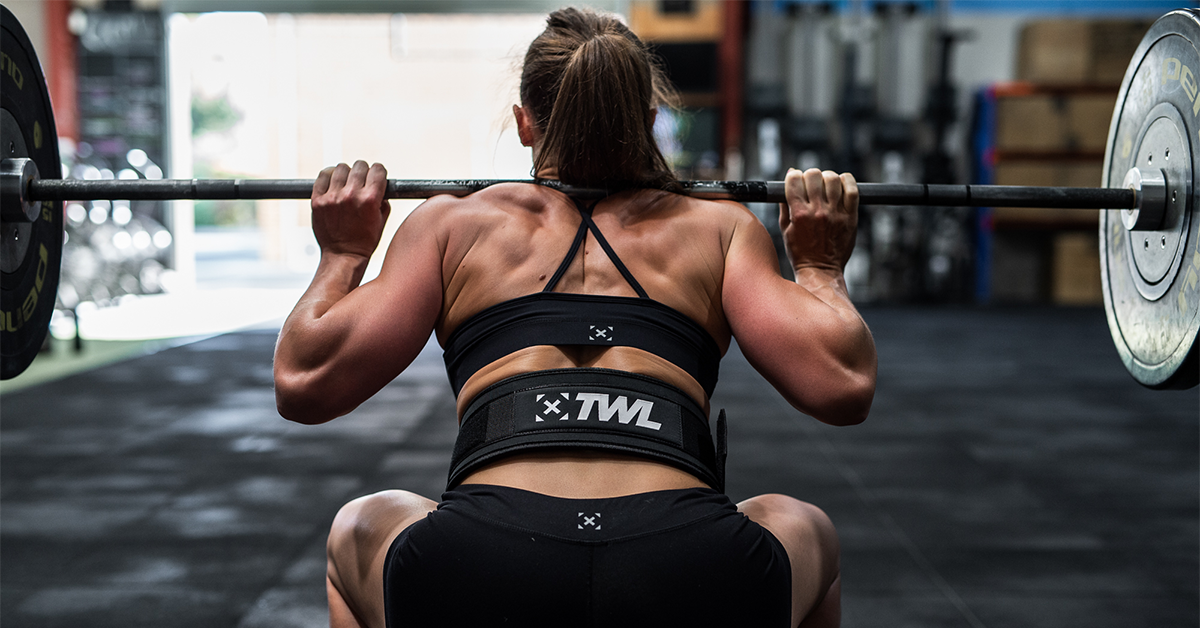“To squat is to love.” — Shakespeare
Don’t fact check me on that one. Look, squats are, without a doubt, the cornerstone of any good strength and conditioning program. So much so that they often become — dare I say — boring after a while. But just because your programming calls for squats three times a week doesn’t mean you can’t add a bit of variation and challenge to the mix. Here are six challenging squat variations to try to keep those strength numbers heading in the right direction while having some fun doing them.
6 Challenging Squat Variations You Can Try
1. Zombie Squats
Zombie squats are like the redheaded stepchild of the front squat, but we still love them nonetheless. Zombie squats aren’t just a good challenge for more experienced lifters but are an excellent learning opportunity for newer athletes as well.
Whereas the front squat requires great posture to be successful, the zombie squat demands perfection. Because you don’t have the luxury of having your hands on the bar, you must maintain an upright torso and have adequate mobility to complete the lift. It’s an efficient test for all skill levels.
2. Zercher Squats
Whereas the zombie squat is akin to a distant relative of the front squat, the Zercher squat is like a front squat on steroids. By placing the bar in your elbows, so far in front of your frontal plane, it forces you to work even harder to maintain an upright torso. It puts an extra demand on your posterior than a normal front squat does. The Zercher squat is the perfect exercise to spice up your normal front squat routine.
3. Kang Squats
Kang squats are a hybrid of back squats and good mornings — so why not add this to your programming and kill two birds with one stone? The kang squat requires tremendous body awareness to deviate from the normal movement patterns you’ve engrained from doing so many back squats and good mornings independently.
By slowing the movement down, creating a meaningful and deliberate practice is one of the biggest benefits of the kang squat — something we all need to do more of on a day-to-day basis.
4. Banded or Chained Squats
Banded or chained squats are like a breath of fresh air for the athletes ready to pull their hair out toward the end of a long squat cycle — not to mention nothing looks more badass than squatting with a ton of chains draped over the bar. Even if you know nothing about exercising, you know “chains = hardcore.”
The science behind banded or chained squats is they add accommodating resistance to your lifts. Basically, as you stand up, and more links of chain lift off the floor, the heavier the weight gets. This teaches you to accelerate through the lift and blast through your sticking point. Do it enough, and when you remove the chains, that explosive power will still be there.
5. Jefferson Squats
The Jefferson squat (or Jefferson deadlift — am I cheating here? maybe) gives you a ton of bang for your buck in one lift. Because this lift is done straddling the bar (one leg in front and one leg behind), there is an asymmetry and rotational component to the lift along with traditional hinging found in a deadlift.
Asymmetrical movements are especially important to add to your routine to help rebalance and correct any issues that may arise from doing solely symmetrical, bilateral movements.
6. Sissy Squats
Don’t let the name fool you. Sissy squats are no joke. If you’ve never seen this movement, it’s basically the breakdance equivalent of squatting in the weight room. The sissy squat is the bodyweight replacement for a leg extension machine. Its primary focus is to isolate and hammer your quadriceps.
Just remember, you should feel this movement in your quads and not in your knees. If that’s the case, you may need to change up your back angle or find something to hold on to for support and to take some of the load.
How do you add a little variety to your squats?
If your squats have hit a frustrating plateau, we can help! Check out our squat program — gains are around the corner.

















